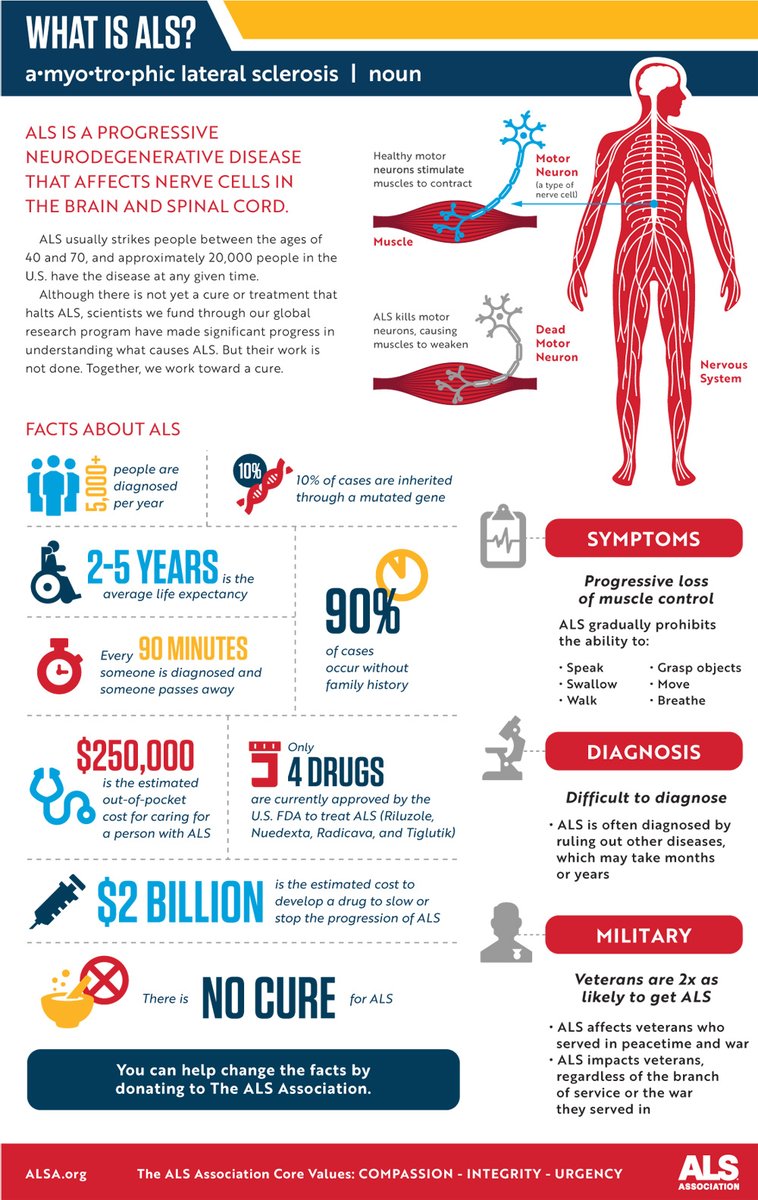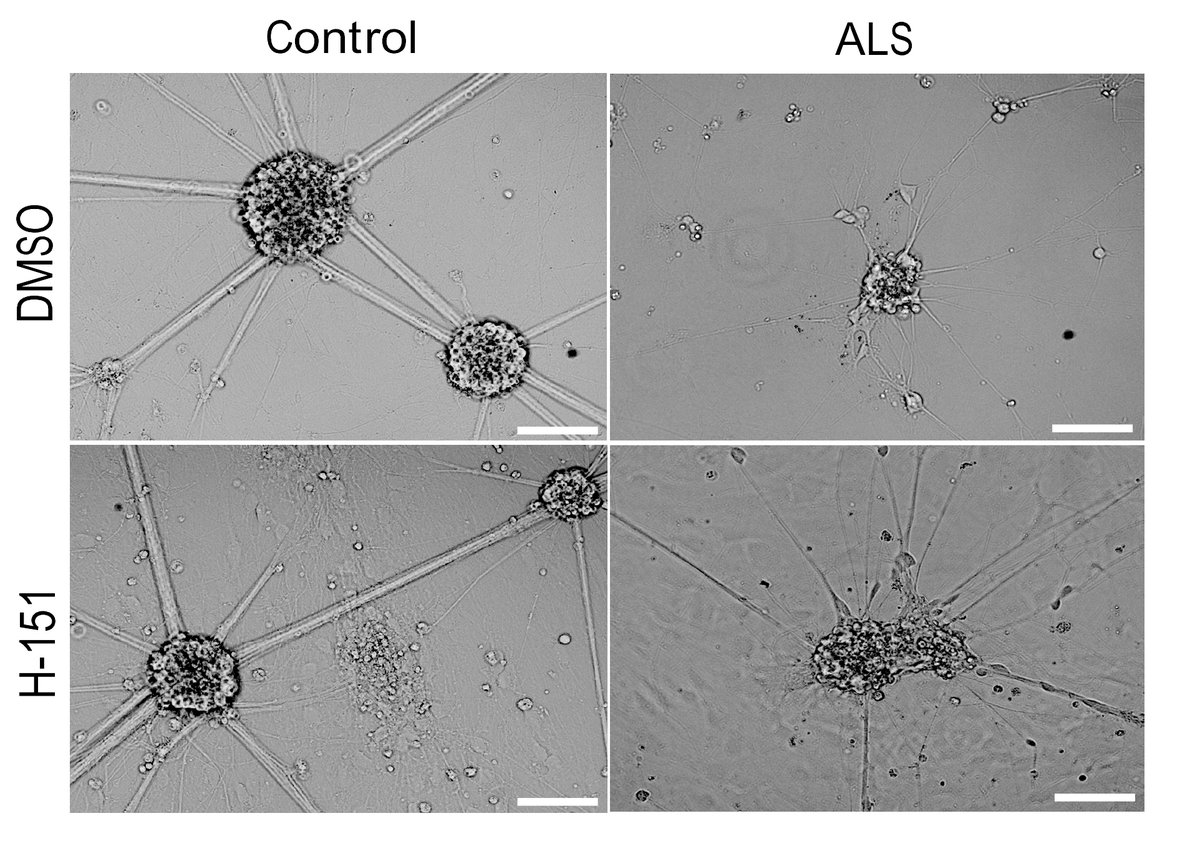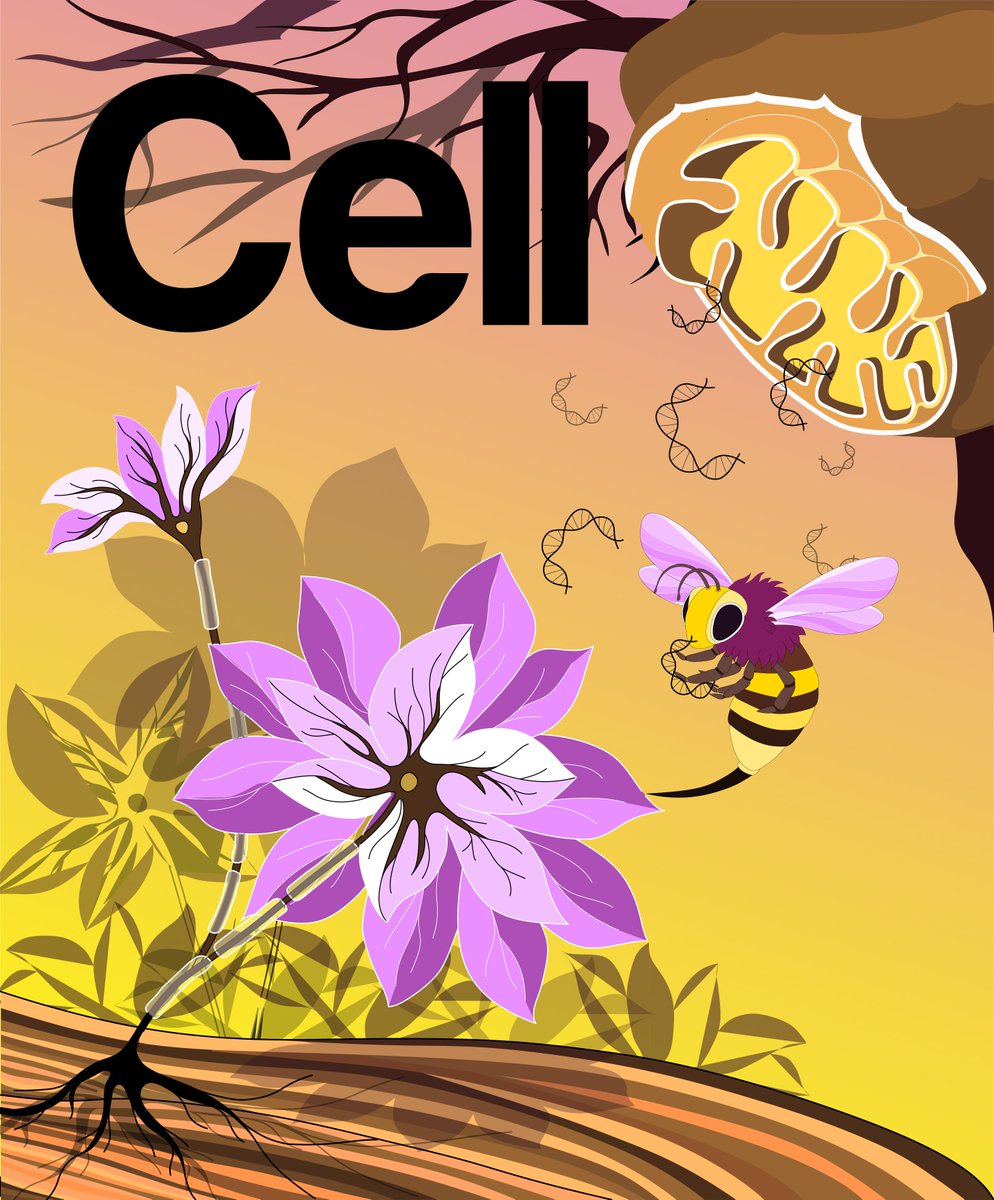Targeting inflammation to treat #ALS ( #MND)! An exciting mechanistic insight by @AlanCHYu @WEHI_Research with @unimelb @TheFlorey @Hudson_Research. Our first foray into the neuro space! Read on for the scientific highlights (hint – its #cGAS/ #STING). https://www.cell.com/cell/fulltext/S0092-8674(20)31161-2#.X34gnsb0wqE.twitter">https://www.cell.com/cell/full...
We identified the innate immune pathway that causes neuroinflammation in ALS. Specifically, this was triggered by the protein that aggregates in cells of almost all individuals with sporadic ALS and is also mutated in familial disease – TDP-43.
TDP-43 normally resides in the nucleus, but in ALS, aberrantly gets into mitochondria. We show that this releases mtDNA by opening the mitochondrial permeability transition pore. mtDNA in the cytoplasm then triggers cGAS/STING to produce type I IFN and Nf-kB cytokines.
STING inhibitors prevent inflammation due to TDP-43 and promote survival of iPSC derived motor neurons from patients with ALS. Genetic deletion of STING does not affect disease onset, but significantly reduces motor neuron loss and extends lifespan in a preclinical model.
Lots of companies pushing STING inhibitors towards the clinic @IFMThera @NovartisScience, will be exciting to see if they work to treat ALS! We find that cGAMP levels are elevated in ALS spinal cord samples, could this be a biomarker to identify those who will benefit the most?
In which cell type(s) is cGAS/STING activated? Are type I IFNs or NF-kB cytokines more deleterious in ALS, or do they synergize? Would clinically approved JAK inhibitors work to block these cytokines and treat disease, or would lack of CNS penetrance be limiting? …
Sincere thanks to our supporters @nhmrc @MND_RIA @brainfoundoz @FightMND @wellcometrust @HHMINEWS @veskiorg @arc_gov_au @sante_qc @IanPotterFdn @VicGovAu

 Read on Twitter
Read on Twitter




